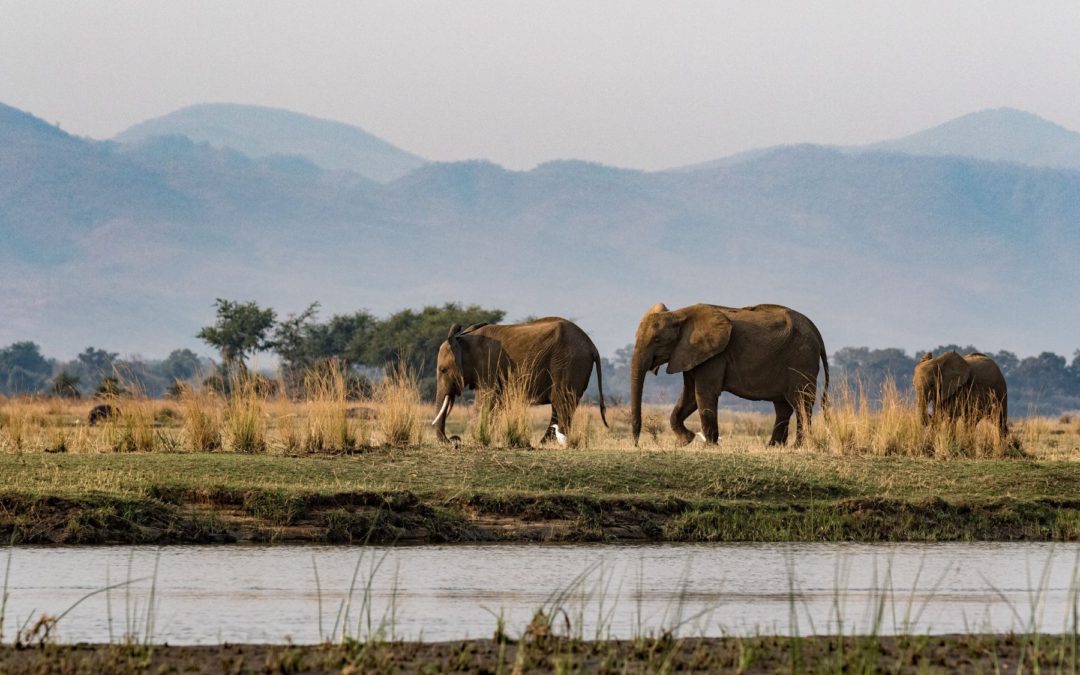The summer season was kicked off last week with World Day to Combat Desertification and Drought. This seems especially relevant in 2021, as the United States was just hit with a brutal heatwave in the southwest region, and we are expecting another heatwave that will likely target northern California and the Pacific northwest. In fact, about a third of the United States, and Nevada in particular, is facing the potential for a megadrought that could last for centuries.
Desertification is caused by a loss of vegetation that is usually the result of intensive farming practices (such as livestock overgrazing), deforestation, and drought brought on by climate change. Many experts are asking the question: How can humans combat desertification? Here at OneNature, we prefer a slightly more specific question: How can humans work with nature, especially wildlife, to stop desertification?
Take elephants for example. In the places they live, they take steps – quite literally – every day to stamp out desertification. It might seem counterintuitive that their stomping around, flattening trees, and eating vegetation would actually improve plant growth, but it’s true. Elephants have an extraordinary talent for finding water. They use their trunks to dig up water from underground pools, returning it to the surface where it can be used for themselves and other species during droughts. Their giant feet mix the water into parched soils, allowing mud to form and plants to grow. Elephants are also fantastic stewards of healthy forests: they eat seeds and excrete them in new locations – along with some fertilizer to help those seeds grow into flourishing trees.
Humans have tried to copy some of the natural processes that protect against desertification, with varying degrees of success. There have been a slew of reforestation projects in Africa. The most ambitious of these projects is the Great Green Wall, which spans from Senegal to Djibouti. This attempt to stop the spread of the Sahara Desert has seen success in places like Niger, but similar efforts elsewhere have not been effective. That’s because just planting trees isn’t enough – combating desertification requires restoring healthy and balanced ecosystems, and planting lots of trees that don’t belong in a region can actually make things worse. For example, Kenya and other East African countries now have to contend with non-native, invasive species wreaking havoc on their biodiversity.
We need to support nature and its organic processes. Desertification, like most environmental crises born of climate change and biodiversity loss, has a disproportionately negative impact on people living in poverty and other marginalized communities. When nature is thriving, local communities can support their various lifestyles in harmony with it. That’s why there needs to be a greater focus on protecting wildlife and promoting local biodiversity. Native animal and plant species have their own ways of dealing with naturally occurring disasters such as drought. By minimizing our contributions to desertification and climate change, as well as protecting natural habitats, the earth can heal and regrow. We need to help ourselves by helping the world around us – in other words, we need to promote wellbeing for all beings.
